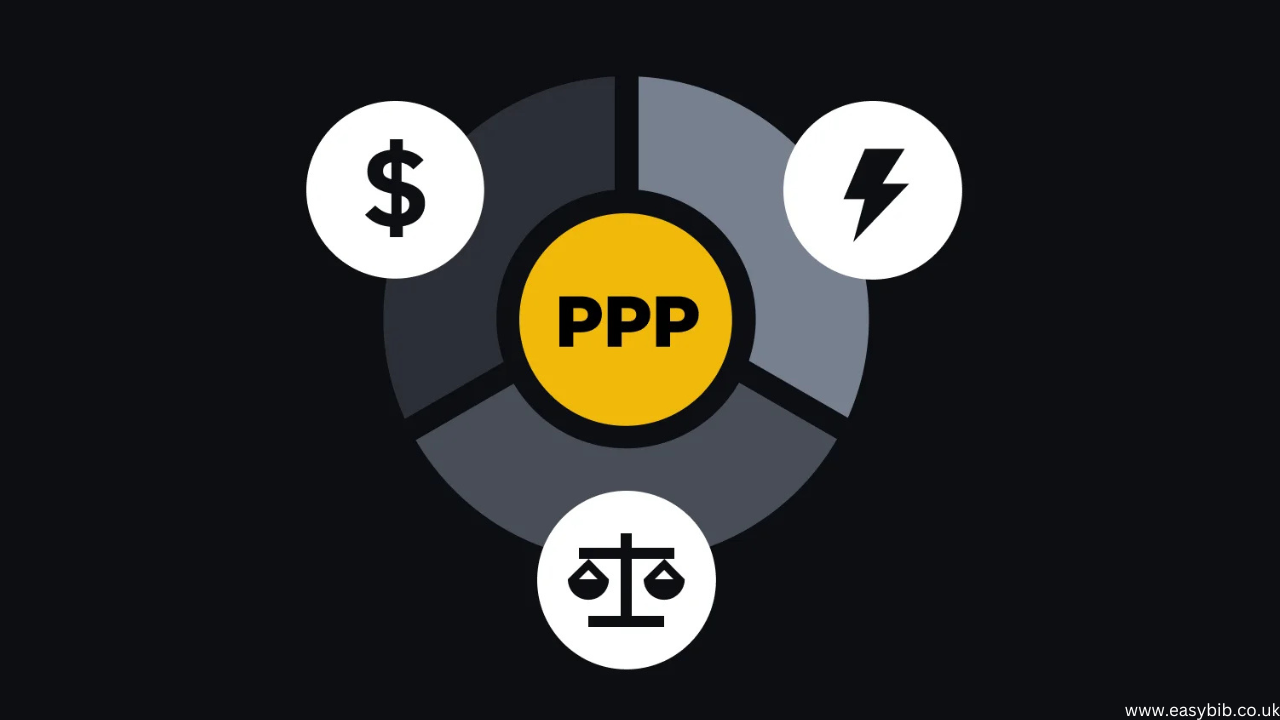Understanding Purchasing Power Parity (PPP) and Its Impact on Global Trade

In today’s interconnected global economy, businesses, policymakers, and consumers must understand how currency values influence international trade and purchasing power. One key economic principle that helps analyze this relationship is Purchasing Power Parity (PPP). Adjusting for currency value differences allows a more accurate comparison of countries’ economic productivity and living standards.
This article explores the fundamentals of PPP, its significance in international trade, and how businesses can leverage this knowledge for strategic purchasing and supply management. Additionally, we will introduce a valuable Strategic Purchasing and Supply Management course offered by Holistic Training to help professionals enhance their procurement skills.
What is Purchasing Power Parity (PPP)?
Purchasing Power Parity (PPP) is an economic theory that compares countries’ currencies through a “basket of goods” approach. It suggests that identical goods should have the same price when expressed in a common currency without transportation costs and trade barriers. PPP helps determine the relative value of different currencies and understand economic disparities between nations.
Key Components of PPP:
- Exchange Rate Adjustments: PPP adjusts exchange rates to reflect the actual purchasing power of a currency.
- Cost of Living Comparison: It helps compare the cost of living across countries by standardizing price levels.
- Inflation Influence: PPP accounts for inflationary differences between nations, providing a realistic economic comparison.
- Standardized Measurement: Organizations like the World Bank and the International Monetary Fund (IMF) use PPP to analyze global economic performance.
Importance of PPP in Global Trade and Economy
PPP shapes international trade, economic policies, and investment strategies. It provides valuable insights into:
1. Exchange Rate Valuation
Governments and financial institutions use PPP to determine whether a currency is overvalued or undervalued. An overvalued currency can make exports expensive, while an undervalued currency can make imports costlier.
2. Global Business Decision-Making
Businesses that operate internationally use PPP to determine pricing strategies, expansion plans, and market entry decisions. A company looking to expand into a new country must assess the purchasing power of its target customers to set competitive prices.
3. Foreign Investment Considerations
Investors analyze PPP to evaluate the economic stability of a country before making investment decisions. Countries with strong purchasing power attract more foreign investments.
4. Economic Growth Measurement
PPP provides a more accurate representation of a country’s economic output than nominal GDP, as it accounts for variations in price levels.
Challenges and Limitations of PPP
While PPP is a valuable economic tool, it has several limitations:
- Market Distortions: Government interventions, subsidies, and tariffs can affect price levels.
- Non-Tradable Goods: PPP mainly applies to tradable goods; services and real estate costs vary significantly across countries.
- Currency Fluctuations: Exchange rates are influenced by speculation, interest rates, and political stability, which may not always align with PPP predictions.
- Data Collection Issues: Variations in data sources and methodologies can lead to inconsistencies in PPP calculations.
Strategic Purchasing and Supply Management: Leveraging PPP for Business Success
Understanding PPP is essential for businesses engaged in procurement and supply chain management. It enables them to make informed decisions regarding supplier selection, cost optimization, and global sourcing.
1. Supplier Selection Based on PPP Analysis
By evaluating suppliers using PPP-adjusted pricing, businesses can identify cost-effective procurement options. This helps negotiate better contracts and reduce costs.
2. Cost Optimization in International Trade
PPP allows businesses to assess the cost of imported goods and raw materials, ensuring they do not overpay due to currency fluctuations.
3. Reducing Risks in Supply Chain Management
Companies can use PPP to anticipate price changes in different markets, enabling proactive risk management in supply chain operations.
4. Strategic Sourcing Decisions
Businesses can determine the most cost-efficient countries for sourcing raw materials and manufacturing by considering PPP.
Enhance Your Procurement Skills with Holistique Training
For professionals looking to master procurement and supply chain management, Holistic Training offers a specialized Strategic Purchasing and Supply Management course. This course provides insights into:
- Effective procurement strategies
- Supplier relationship management
- Cost analysis and budgeting
- Risk mitigation in supply chain operations
By enrolling in this course, professionals can gain practical knowledge to optimize purchasing decisions and align them with business objectives.
Connect with Holistique Training
Holistic Training offers online and in-class training programs to help individuals and businesses enhance their professional skills. Visit its Google Business Profile to learn more about its courses and services.
READ MORE
Conclusion
Purchasing Power Parity (PPP) is crucial for understanding global trade dynamics, exchange rates, and economic performance. Businesses that leverage PPP in procurement and supply chain management can optimize costs, mitigate risks, and enhance decision-making.
Enrolling in specialized training programs like those offered by Holistique Training can be highly beneficial for developing their strategic purchasing and supply management skills.
Understanding PPP and its implications will improve business efficiency and stabilize long-term economic growth.
